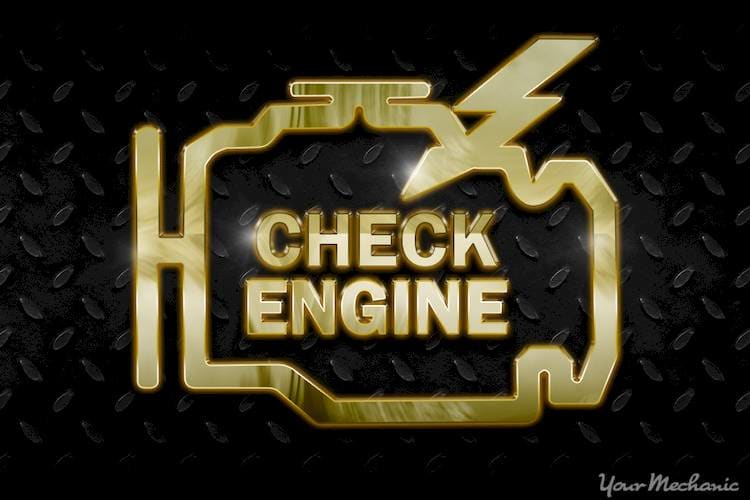P0164 code definition
Trouble code P0164 is set when a high voltage condition is detected on the bank 2 sensor 3 oxygen sensor circuit.
What the P0164 code means
This code means that the powertrain control module has detected a high voltage condition in the circuit for the oxygen sensor for bank 2 sensor 3. The Check Engine Light will illuminate to let the owner know that there is a problem with the emissions system.
Bank 2 refers to the side of the engine opposite of cylinder number 1. Sensor 3 means that it is the third sensor in the exhaust, which usually monitors the catalytic converter for efficiency.
What causes the P0164 code?
Trouble code P0164 sets when the engine control module detects high voltage on the oxygen sensor circuit for bank 2 sensor 3 for too long. Generally, a oxygen sensor’s voltage will vary up and down.
The first sensor in the exhaust varies voltage very quickly and the voltage variance is greater. The second and third sensor varies slower and the voltage variance is smaller due to the catalyst in the exhaust.
What are the symptoms of the P0164 code?
The main symptom for this code is that the Check Engine Light will come on. There are no drivability problems typically associated with this code sets.
How does a mechanic diagnose the P0164 code?
As with any oxygen sensor code, the mechanic will begin by performing a visual check of the oxygen sensor harness to check for any obvious signs of damage.
They are under the vehicle and are susceptible to damage by road hazards.
Next, check the terminals of the connector for any signs of corrosion or water intrusion. These will cause the voltage readings to be incorrect causing an error code.
Next, check the resistance of the oxygen sensor itself and make sure it is within specifications.
After the oxygen sensor resistance checks out, you need to measure the reference voltage from the powertrain control module. If all of these checks turn out okay, it is most likely a faulty oxygen sensor.
A quick way to check for this is to monitor the voltage of the sensor with a scan tool and either introduce a vacuum leak or an extra fuel source to the vehicle.
This should change the voltage reading to one extreme or the other for the sensor. If there is no change, this confirms that the sensor is not reading correctly.
It is also possible that the engine could be running too rich. This means that there is too much fuel. If the engine is running too rich it is possible that the catalyst may not be able to reduce the emissions enough to lower the voltage of the oxygen sensor. Oxygen sensors voltage will be low when the engine is running lean and high when it is rich.
Common mistakes when diagnosing the P0164 code
The most common mistake would be replacing the oxygen sensor without confirming that it is the problem. A thorough inspection should be done first so that unnecessary repairs aren’t made.
The next common problem would be be replacing the wrong sensor. Depending on the engine configuration, it is possible to get the cylinder banks confused if you do not consult the service information for the vehicle you are working on.
It is also possible to overlook that the engine may be running too rich which is causing the exhaust gas mixture to be too rich causing the oxygen sensor to read high voltage.
How serious is the P0164 code?
There is no need for concern with this trouble code. There will be no drivability concerns related to this trouble code. However, this trouble code will cause you to fail an emissions test if their test equipment connects to the engine computer to check for codes. If they run your car on a dyno there is a possibility that your car may pass the test as long as there are no other issues.
What repairs can fix the P0164 code?
The most common repair is replacing the faulty oxygen sensor. Repairing a rich condition in the engine, such as a faulty fuel injector or fuel pressure regulator would be next. Finally, after that, I would say that wiring repairs are the next most common repair for this trouble code.
Need help with a P0164 code?
YourMechanic offers certified mobile mechanics who will come to your home or office to diagnose and repair your vehicle. Get a quote and book an appointment online or speak to a service advisor at 1-800-701-6230.
Check Engine Light
trouble codes
P0164





